Draper Natural History Museum
Draper Natural History Museum staff and volunteers conduct long-term ecological research in the Greater Yellowstone Ecosystem and keep up with all the wildlife and science news and issues related to this world-renowned, natural treasure. Keep up with Draper Museum fieldwork and Greater Yellowstone news and information here.
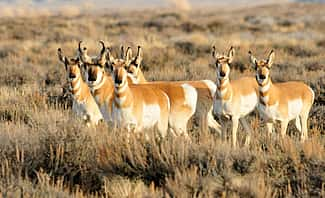
Migration Season
By Chloe Winkler and Amy Phillips Fall affects us all in many different ways! As humans we tend to snuggle up inside…
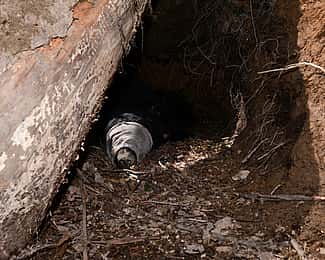
Hibernation versus Torpor
Hibernation versus Torpor: What’s the Difference? by Brandon Lewis and Amy Phillips Winter is a difficult time to survive for many animals….
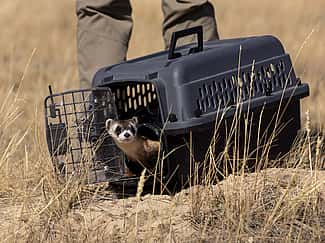
Conservation of Black-Footed Ferrets
Black-footed ferrets were first reintroduced to Meeteetse in 2016. Since then, there have been several subsequent releases including the one our staff…
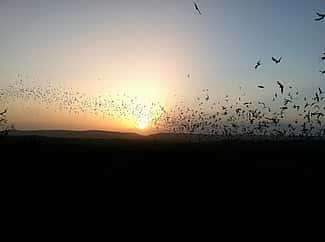
The Truth About Bats
Why do bats have such a bad reputation? Are they really disease-carriers, blood-drinking, flying rodents? …

Black-capped Chickadees, the Birds Whose Brain Changes
If you love birds, especially if you feed birds, then hopefully you are familiar with Black-capped Chickadees (Poecile atricapillus). These are cute,…
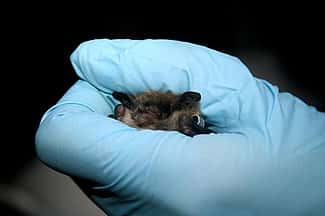
White-Nose Syndrome: A Battle for the Bats
In the late winter of 2006, thousands of bats began to die in the northeastern United States. Not long before they should…